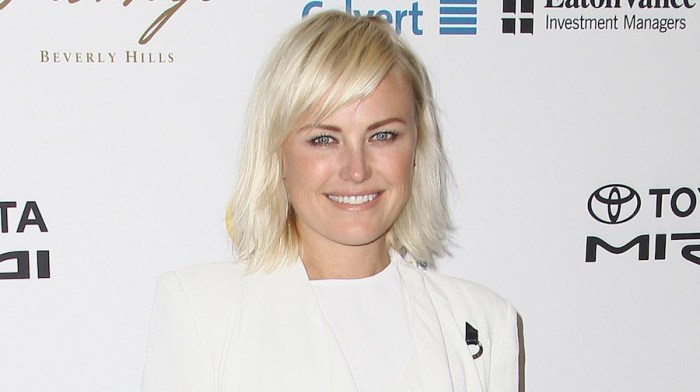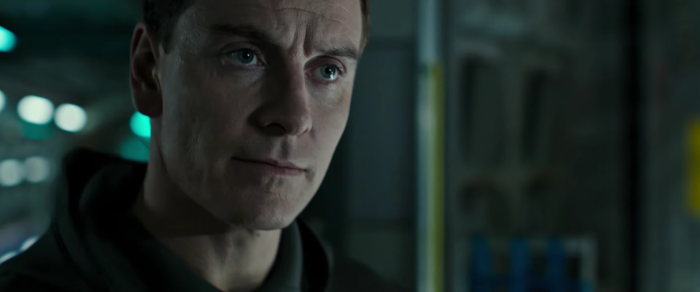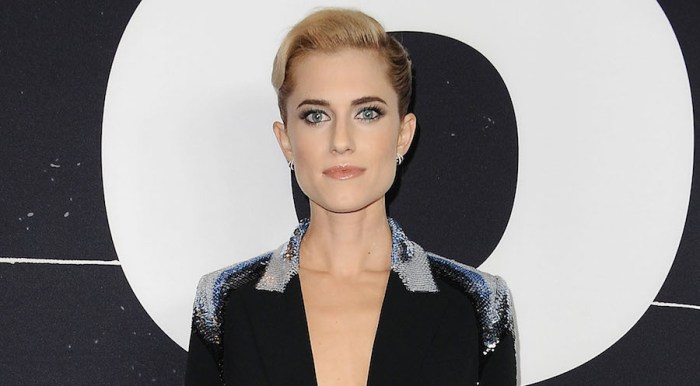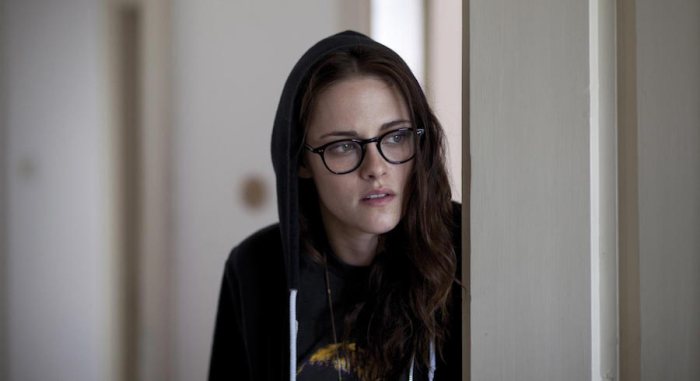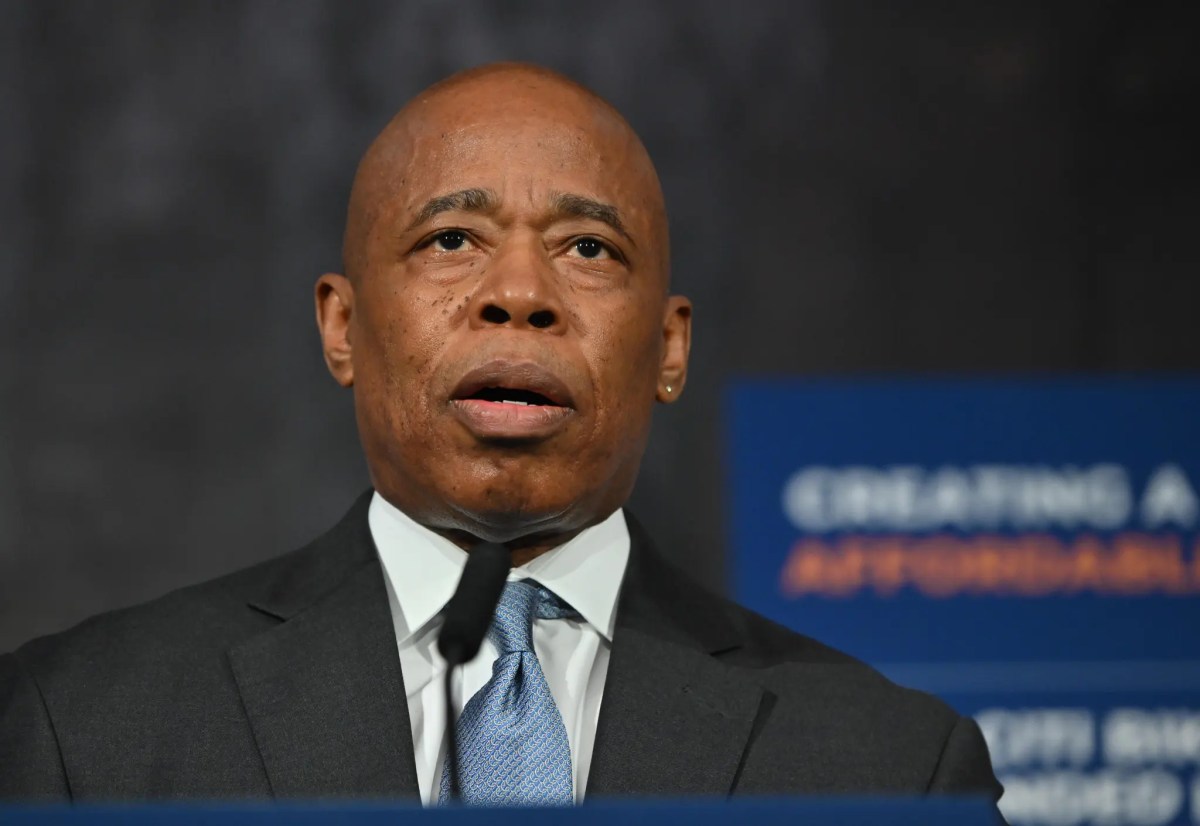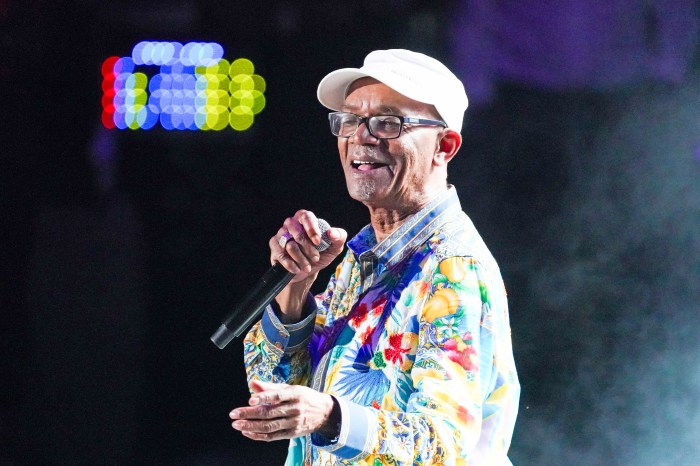Once “On Her Majesty’s Secret Service” was the big outlier of the Bond franchise. It’s the first one without Sean Connery (before he returned for one more, “Diamonds Are Forever”). It’s the one with the not-very-liked George Lazenby. It was, till “Casino Royale,” the series’ longest entry. It’s one of the ones without a song over the opening credits (but instead has a killer theme, which would be reused throughout the franchise). It’s the first one that was really violent. It’s the one with the dark, dark, dark ending. It’s also the one with Diana Rigg, part of the upper echelon of Bond Girls. RELATED:“Spectre” is a return to when the Bond films were brainless junk At the time it was a hit, but it made half the budget of its predecessor, “You Only Live Twice,” and Lazenby was only infrequently heard from again, mostly acting in films from his native Australia.Over the decades the tide has turned. It’s become the one the cool kids prefer, in part for the very reasons that make it stick out. Christopher Nolan is a fan. Steven Soderbergh called it “the only one worth watching repeatedly for reasons other than pure entertainment.” It’s certainly more beautiful and more energetically filmed than the rest, at least until Roger Deakins lensed “Skyfall,” garnering the franchise its first Best Cinematography Oscar nomination. And it’s been influential. Whereas “Goldfinger” can be felt in any blockbuster that has anything to do with spies, “On Her Majesty’s Secret Service” essentially created the modern, tough, fast-cutting action movie. Peter R. Hunt, who had edited the first three Bonds then did second unit work on the following two, took over as director and sped up the edits and roughed up the violence. Fight scenes will slip into blurry, abstract viscera; cuts emphasize blows and falls. The eagle-eyed viewer will notice Hunt even sometimes cuts frames out of the middle of shots, speeding the action up even more. The editing turns even potentially silly set pieces into bouts of hectic intensity; surely having our hero and villain climactically battle it out via a bobsled race doesn’t sound so hot on paper, but it’s a top shelf Bond sequence in practice, painfully obvious rear projection insert shots and all. Thing is, for all its deviations from formula, for all the good and unique things it does, it’s still a Bond movie, and a first-rate one. The face may have changed, and the violence may be rougher, but it still ticks all the boxes, and with gusto. There’s a nonsensical mission, made even more nonsensical since it involves Bond cozying up to Telly Savalas’ Blofeld, whom he had just fought face-to-face — even injuring his hand — in the previous picture, “You Only Live Twice.” The filmmakers flirted with having Bond undergo plastic surgery, in part to explain why he went from a Scot with a toupee to an Australian model. Instead they just left it unexplained, which was fine since audiences of the time were less OCD about continuity than they are now. RELATED: 5 ways the Bond films have changed over the last 53 years The one aspect that has always been revered, if not exactly enjoyed, is the downer ending, which probably felt like a shot to the gut six films into a franchise that had been all about the power of one English hero saving the globe while nursing his professional alcoholism. (One dissenting voice: Pauline Kael, who called the film “the most dazzling of the series up to this time,” but also found the dark turn misjudged and overly fashionable.) It’s true that’s it’s devastating, no less because it involves taking out Diana Rigg — again, giving one of the Bond series’ best performances, flirty and strong-headed. She coaxes a lot of charm out of Lazenby and she brings to the Bond films a wit similar to the one she’d brought every week to her own spy franchise, TV’s “The Avengers.” It also seems to consign Bond to a fairly swinging version of hell: eternally single, eternally working, forever unable to get close to anyone because his job puts them in physical danger. You can see what losing a Bond Girl he like-liked would do to Bond when the series took a more serious turn in the Daniel Craig years; the suicide of Eva Green’s Vesper Lynd in “Casino Royale” hardens him, turning an already emotionally unavailable brute into a bitter, angry killing machine. But the series wasn’t serious back then. The next romp, “Diamonds are Forever,” begins with Connery’s 007 hungrily hunting down Blofeld (now Charles Gray) for revenge. But it quickly turns into the films’ campiest, silliest outing until the Roger Moore era. Not many, though, ever liked Lazenby, and it’s been sometimes assumed he was fired. In truth, Lazenby dropped out himself; he showed up at the film’s premiere with a Grizzly Adams beard, talking crap about the production and vowing he will be Bond no more forever. He’s not a great 007, but he’s better than his rep. He’s far too peppy, but he’s tough when he needs to be. “Service” was the first — really, the only — Bond film to stay faithful to the book’s plot, and his version of the character is pretty close too. Most importantly he nails the final scene. His reaction to his new wife’s murder is underplayed in all the right ways, showing the whiplash that results from sudden tragedy. An unflappable hero doesn’t even know how to react. Not even Craig has been called on to play such a scene. But the least liked 007 was and, for what it’s worth, he hit it out of the park.
Why ‘On Her Majesty’s Secret Service’ is the best Bond film
Follow Matt Prigge on Twitter @mattprigge

